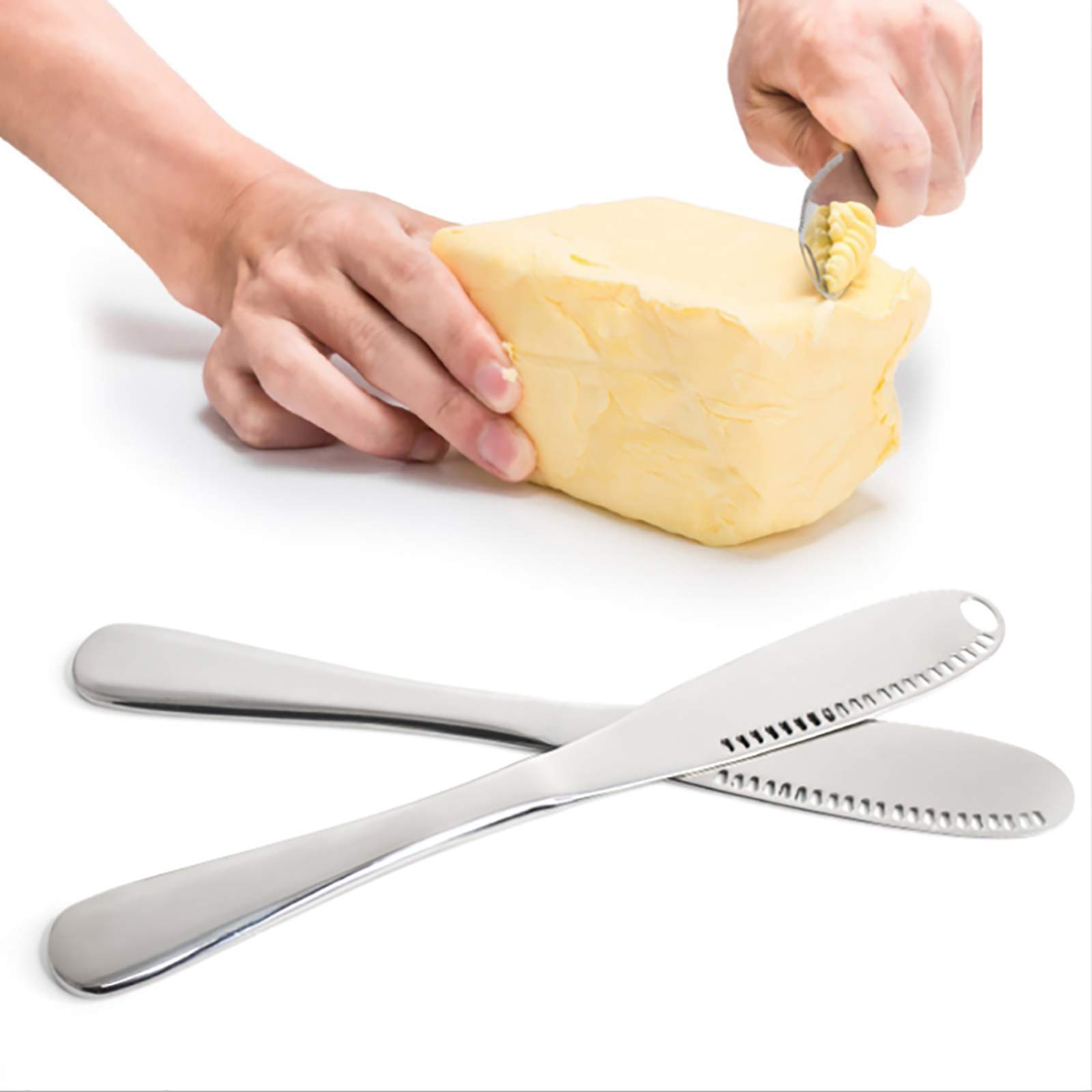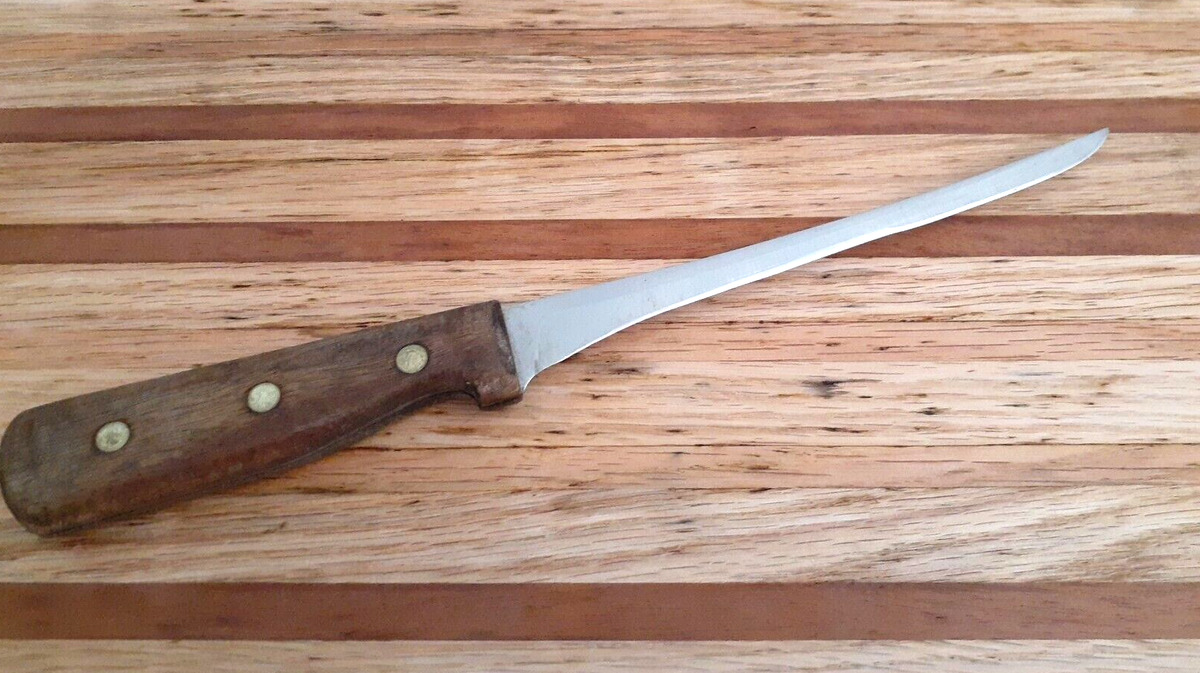Cutting Through the Basics: A Guide to Utility and Cheese Knives

In the world of culinary tools, knives are the unsung heroes of the kitchen. Among the diverse array of blades available, utility knives and cheese knives stand out for their unique purposes and specialized designs. In this blog post, we’ll delve into the characteristics, uses, and maintenance tips for utility knives and cheese knives, helping you make informed choices in your kitchen arsenal.
Utility Knives: Versatility at Its Finest
Overview:
Utility knives are the Swiss Army knives of the kitchen, known for their versatility and all-purpose functionality. With a blade typically ranging from 4 to 7 inches in length, these knives are ideal for various cutting tasks, making them an essential tool for any home or professional kitchen.
Uses:
Precise Slicing: Utility knives excel at slicing through fruits, vegetables, and boneless meats with precision.
Trimming and Peeling: Their smaller size makes utility knives perfect for tasks like trimming fat, peeling fruits, and deveining shrimp.
Sandwich Preparation: A utility knife is your go-to tool for crafting the perfect sandwich, whether it’s slicing tomatoes or spreading condiments.
Blade Design
Straight or Serrated: Utility knives come in both straight and serrated blade designs. Serrated utility knives are excellent for slicing through soft items like bread without crushing them.
Choosing the Right Utility Knife:
Consider the Blade Material: High-quality stainless steel is a common choice for utility knives, offering durability and resistance to corrosion.
Handle Comfort: Opt for a utility knife with a comfortable handle that provides a secure grip, especially during extended use.
Maintenance Tips:
Regular Sharpening: Keep your utility knife sharp for optimal performance. Regularly hone the blade using a sharpening stone or honing rod.
Hand Washing: To maintain the longevity of the knife, hand wash it with mild soap and warm water. Avoid the dishwasher, as harsh detergents and high heat can damage the blade.
Cheese Knives: Crafting Culinary Masterpieces
Overview:
Cheese knives are specialized tools designed for the art of cheese preparation and presentation. These knives come in various shapes and sizes, each serving a specific purpose in the world of cheese.
Uses:
Soft Cheese Knife: With a narrow, pointed blade, this knife is ideal for slicing through soft cheeses like Brie and Camembert.
Hard Cheese Knife: Featuring a sturdy, broad blade, hard cheese knives are designed to cut through aged cheeses like Parmesan and Cheddar.
Cheese Plane: This tool creates thin, even slices of semi-hard to hard cheeses.
Blade Design:
Holes and Patterns: Some cheese knives have holes or patterns on the blade to prevent cheese from sticking, ensuring a smooth slicing experience.
Choosing the Right Cheese Knife:
Match the Cheese Type: Different cheeses require different knives. Consider the types of cheeses you frequently work with and choose knives accordingly.
Handle Comfort: As with utility knives, the handle of a cheese knife should be comfortable and provide a secure grip.
Maintenance Tips:
Wipe Between Cuts: To maintain the integrity of the cheese’s flavor, wipe the knife between different cheese cuts to avoid flavor contamination.
Hand Washing: As with utility knives, hand washing is recommended for cheese knives. Avoid using them on hard surfaces to prevent premature dulling.
Conclusion
Both utility knives and cheese knives are indispensable tools in the kitchen, each serving its unique purpose with precision and style. Whether you’re a home cook or a professional chef, investing in high-quality utility and cheese knives can elevate your culinary experience and make every cut a masterpiece.


